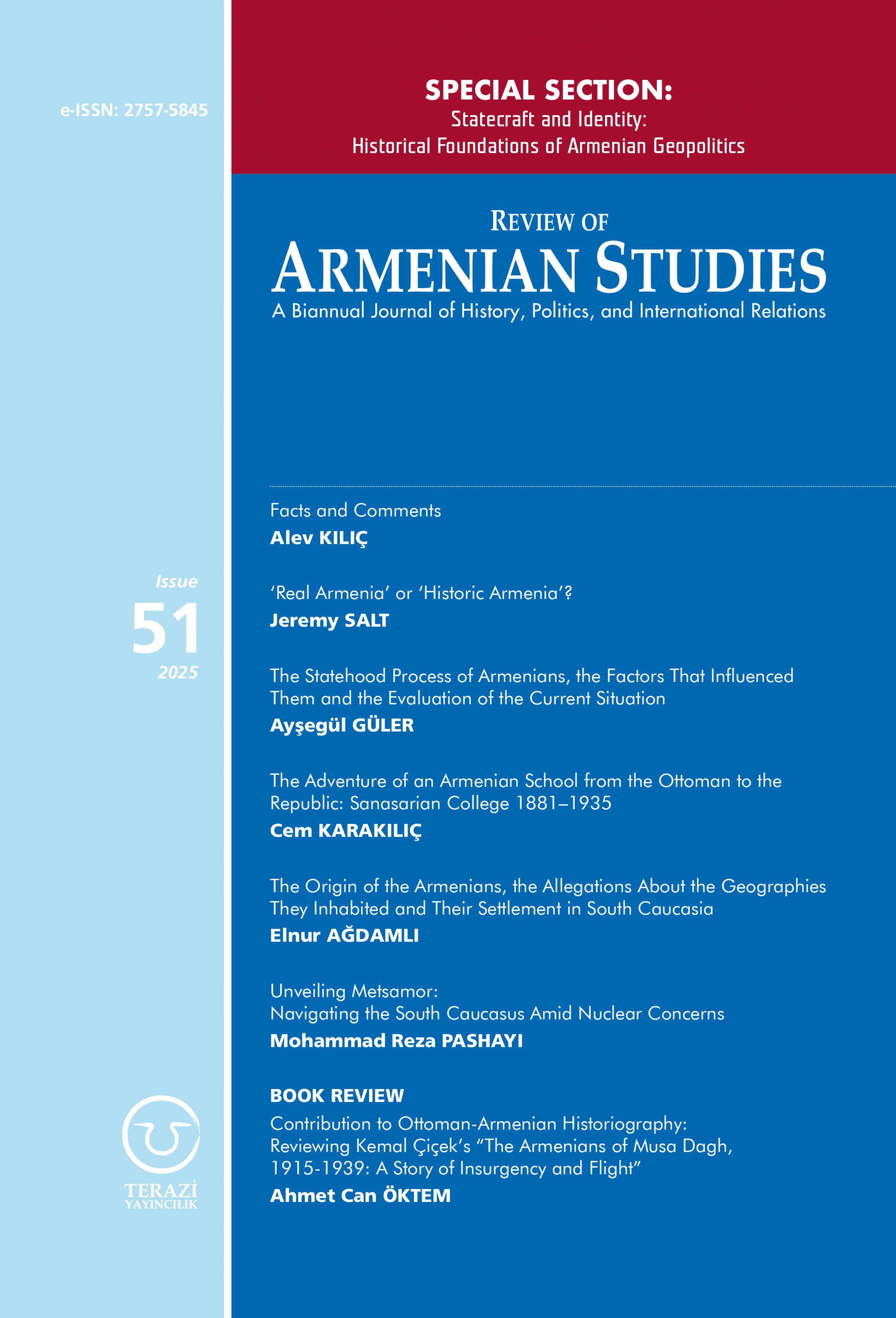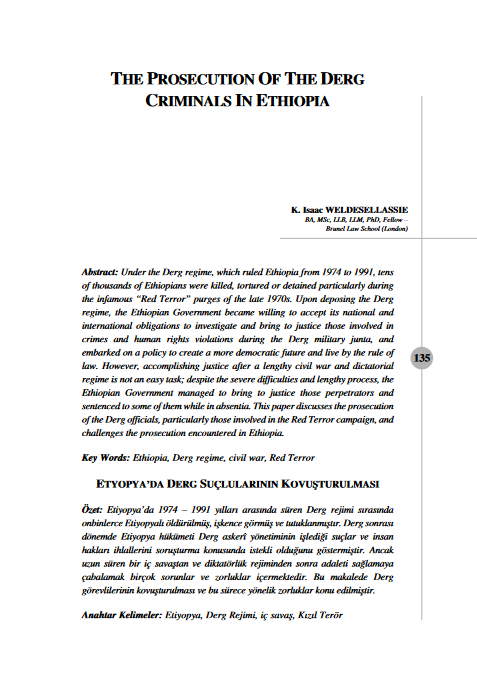Japan Times (17 April 2018)
Defense Minister Itsunori Onodera on Tuesday denied that newly disclosed activity logs of a past Self-Defense Forces mission in Iraq contradicted the government’s assertion that the troops were sent to “noncombat” areas.
The word “combat” showed up multiple times in the nearly 15,000 pages of activity logs released Monday detailing missions by Ground Self-Defense Force troops to support international reconstruction efforts in the war-torn country between 2004 and 2006.
Under the postwar Constitution that restricts the use of force overseas, the government enacted a special law in 2003 that only allows the SDF to be dispatched for humanitarian and reconstruction operations in “noncombat” areas.
Onodera told reporters that whether the areas constituted “noncombat” zones was decided “individually” from various perspectives and that shooting and attacks occurring sporadically without the Iraqi government’s direction did not fall into the category.
“Based on these criteria of judgment, we believe that the areas where the SDF operated satisfied the requirement of noncombat zones,” the minister said.
He also said the government had explained at the time that security conditions in the southern Iraqi city of Samawah where the GSDF members were deployed “required caution.”
The disclosed logs are “valuable firsthand documents that show the troops in the field were dealing with the situation with vigilance,” he added.
The mission was one of Japan’s most controversial and risky deployments of its troops since World War II because fighting was continuing in Iraq at the time and the Self-Defense Forces have never engaged in overseas combat under the war-renouncing Constitution.
A log on Jan. 22, 2006, pointed to “expanding combat,” which it said started after local militants began shooting in protest at patrol activities by the British military in Samawah.
Earlier on June 15, 2005, the troops reported that stones were thrown toward a moving GSDF vehicle and part of it was damaged. “One wrong move and members could have been injured, extremely dangerous,” the log said.
On June 23, 2005, when a bomb exploded near a line of GSDF vehicles, the troops wrote that “a mirror fell and broke” and “there is a possibility that we are being targeted around the time of the start of our activities.”
The question of whether the government had retained the firsthand records on the Iraq mission was raised in the Diet in February last year, as criticism was mounting over the Defense Ministry’s inappropriate handling of other activity logs of a U.N. peacekeeping mission in South Sudan.
Then-Defense Minister Tomomi Inada told opposition party lawmakers at the time that none of the Iraq logs remained.
An investigation eventually led to the discovery of the documents at the GSDF, but it took more than a year for their existence to be reported to the defense minister.
Opposition parties have termed it a “cover-up” of what could be seen as politically sensitive documents. The ministry is currently investigating the case.
The logs that were disclosed total some 14,929 pages and cover 435 days. But many of the descriptions were blacked out apparently due to the sensitivity of the matter.
The ministry has been preparing for their disclosure after Onodera announced earlier in the month that the logs were “found.”
Japan sent roughly 5,500 GSDF troops to Iraq from January 2004 to July 2006 to provide medical aid, water and to help repair infrastructure in Samawah.
No Japanese troops were killed or injured during the mission.
An internal GSDF report on the Iraq mission, fully disclosed in 2015, has also depicted the dangerous situation the GSDF members were facing. It said the GSDF faced shelling by mortars and rockets, a mission described by the unit chief as a “purely military operation.”
https://www.japantimes.co.jp/news/2018/04/17/national/japans-defense-minister-denies-troops-sent-iraq-war-zone-despite-release-logs-combat-references/#.WtXNGojFKuU
No comments yet.
- RUSSIAN NEWSPAPER IZVESTIYA COMMITS PROVOCATION AGAINST AZERBAIJAN The Caucasus and Turkish-Armenian Relations 17.04.2018
- AT LEAST 46 INJURED IN YEREVAN CLASHES — ARMENIAN HEALTH MINISTRY The Caucasus and Turkish-Armenian Relations 17.04.2018
-
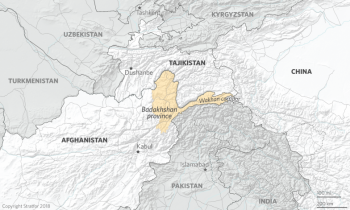 A CHINESE BASE IN CENTRAL ASIA
Asia - Pacific
17.04.2018
A CHINESE BASE IN CENTRAL ASIA
Asia - Pacific
17.04.2018
-
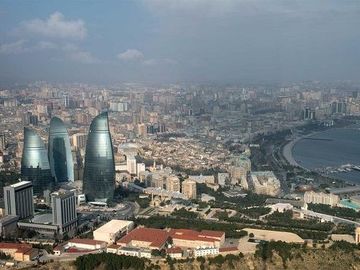 AZERBAIJAN TO BE REPRESENTED AT ECO FOREIGN MINISTERS COUNCIL MEETING
The Caucasus and Turkish-Armenian Relations
17.04.2018
AZERBAIJAN TO BE REPRESENTED AT ECO FOREIGN MINISTERS COUNCIL MEETING
The Caucasus and Turkish-Armenian Relations
17.04.2018
- GERMAN STUDENT ADMITS TO KILLING CLASSMATE WHO REJECTED HIM Europe - EU 17.04.2018
-
25.01.2016
THE ARMENIAN QUESTION - BASIC KNOWLEDGE AND DOCUMENTATION -
12.06.2024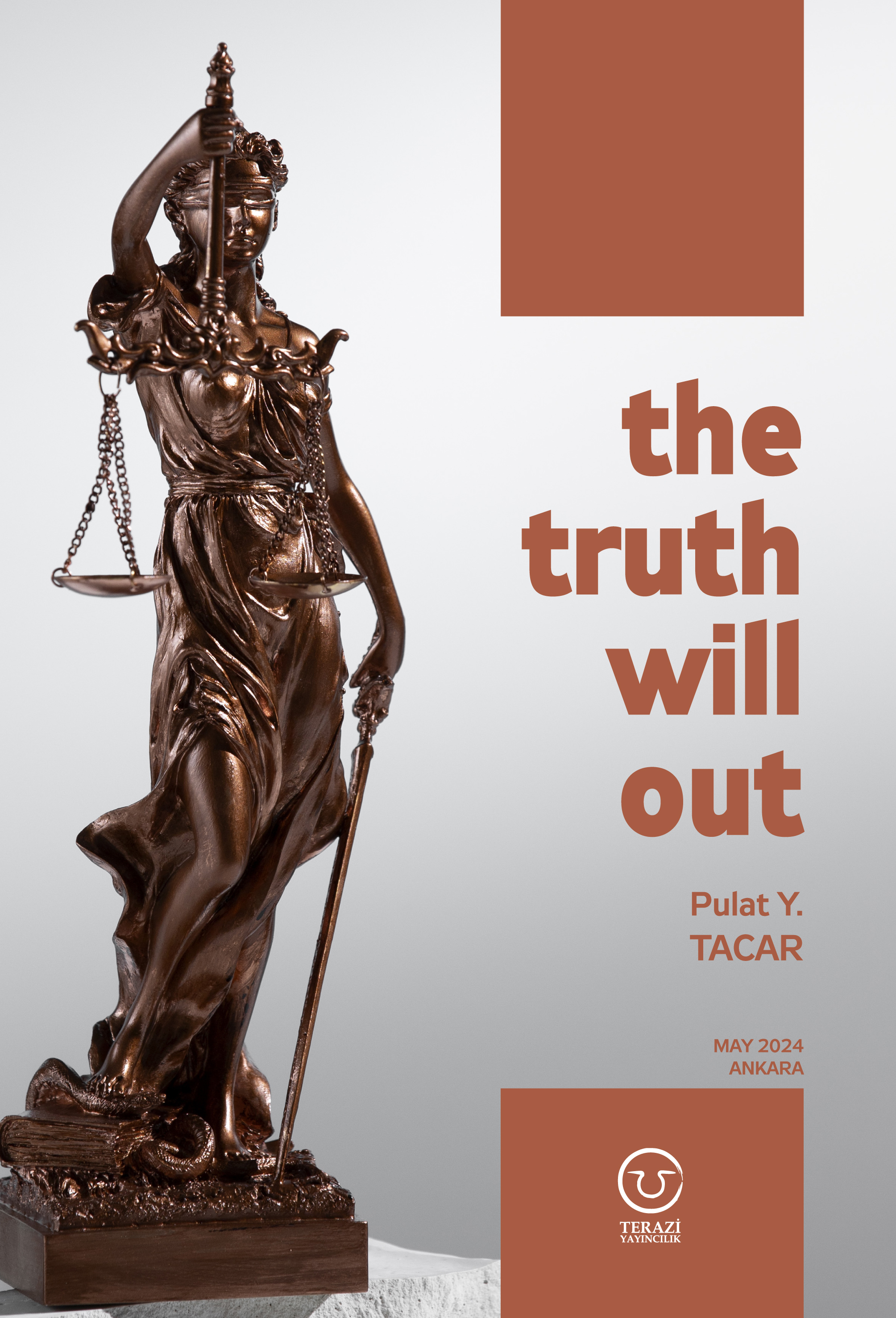
THE TRUTH WILL OUT -
27.03.2023
RADİKAL ERMENİ UNSURLARCA GERÇEKLEŞTİRİLEN MEZALİMLER VE VANDALİZM -
17.03.2023
PATRIOTISM PERVERTED -
23.02.2023
MEN ARE LIKE THAT -
03.02.2023
BAKÜ-TİFLİS-CEYHAN BORU HATTININ YAŞANAN TARİHİ -
16.12.2022
INTERNATIONAL SCHOLARS ON THE EVENTS OF 1915 -
07.12.2022
FAKE PHOTOS AND THE ARMENIAN PROPAGANDA -
07.12.2022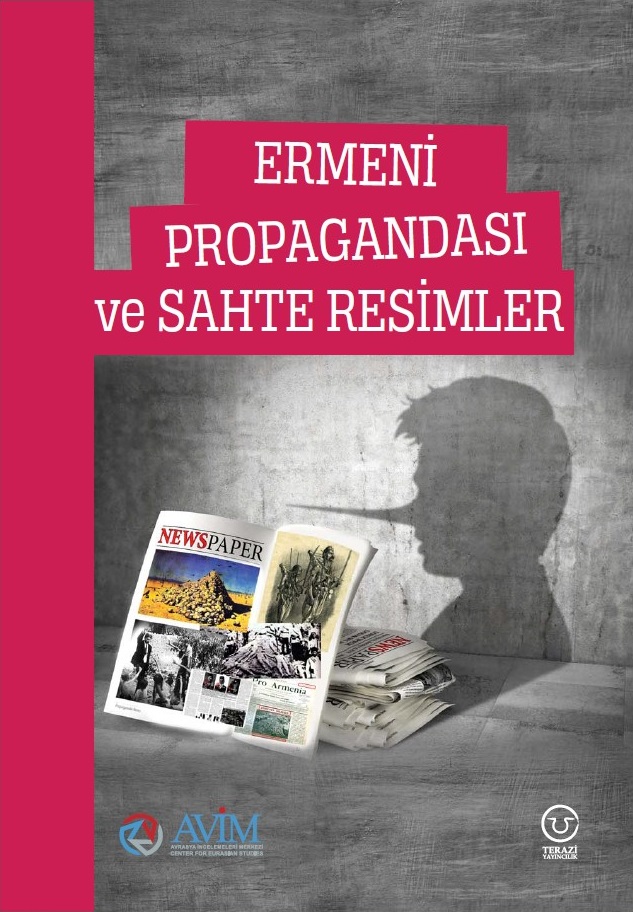
ERMENİ PROPAGANDASI VE SAHTE RESİMLER -
01.01.2022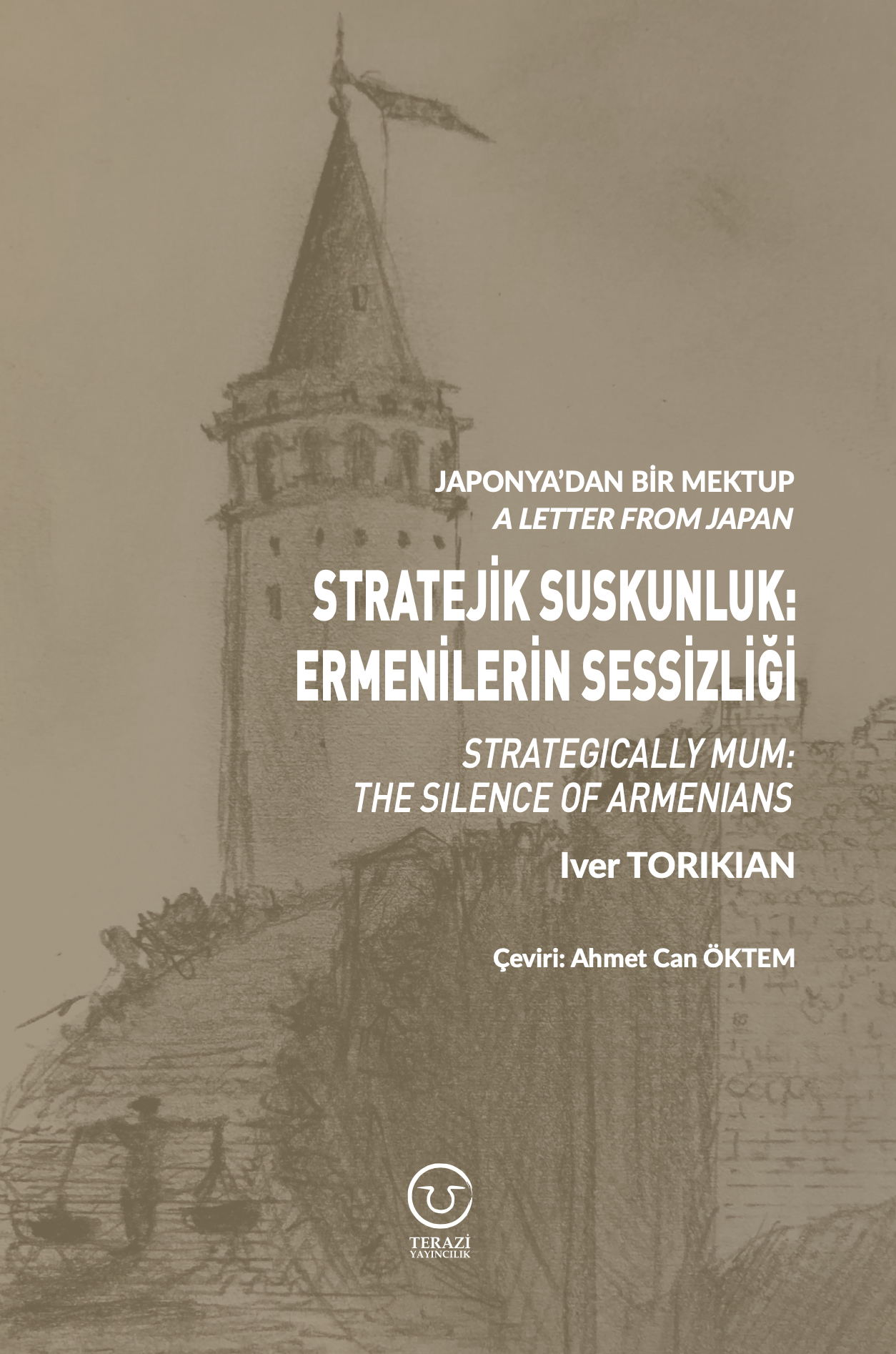
A Letter From Japan - Strategically Mum: The Silence of the Armenians -
01.01.2022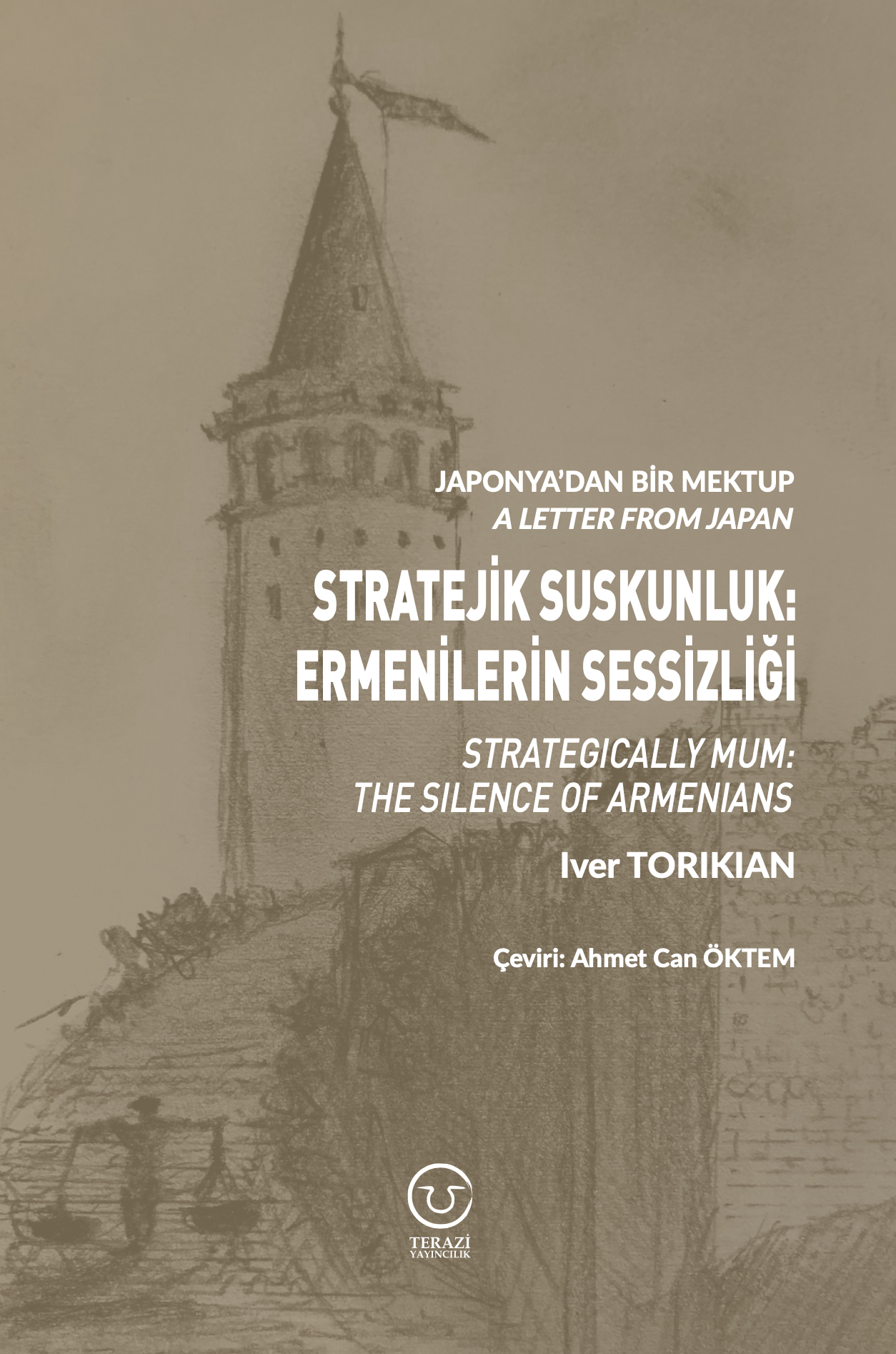
Japonya'dan Bir Mektup - Stratejik Suskunluk: Ermenilerin Sessizliği -
03.06.2020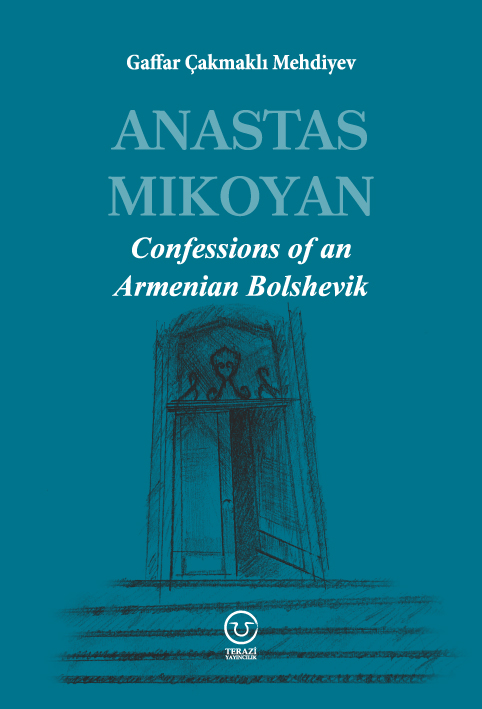
Anastas Mikoyan: Confessions of an Armenian Bolshevik -
08.04.2020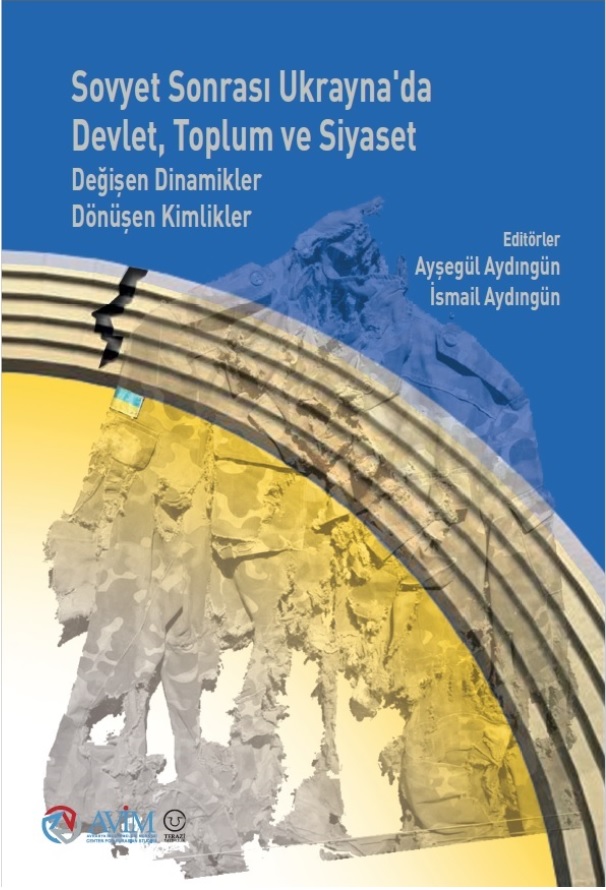
Sovyet Sonrası Ukrayna’da Devlet, Toplum ve Siyaset - Değişen Dinamikler, Dönüşen Kimlikler -
12.06.2018
Ermeni Sorunuyla İlgili İngiliz Belgeleri (1912-1923) - British Documents on Armenian Question (1912-1923) -
02.12.2016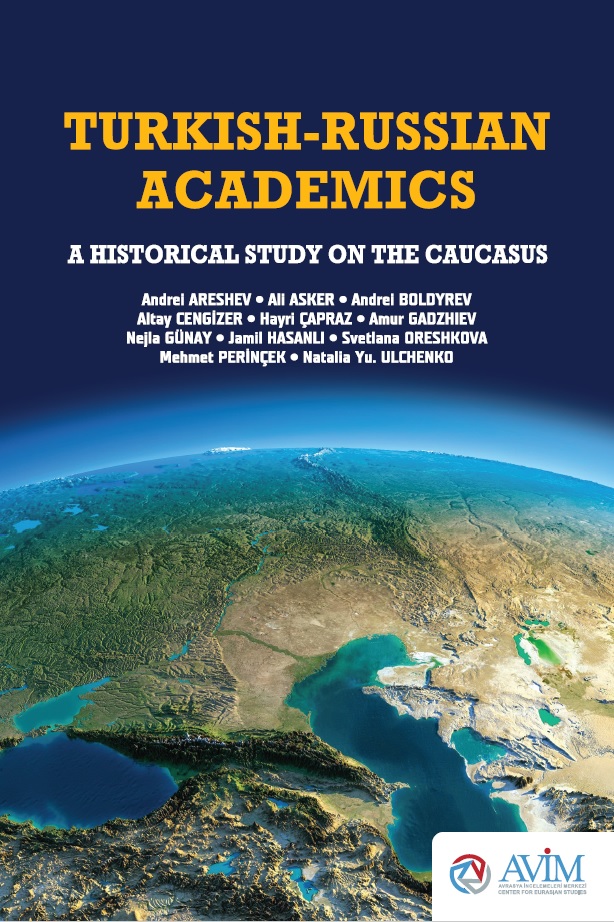
Turkish-Russian Academics: A Historical Study on the Caucasus -
01.07.2016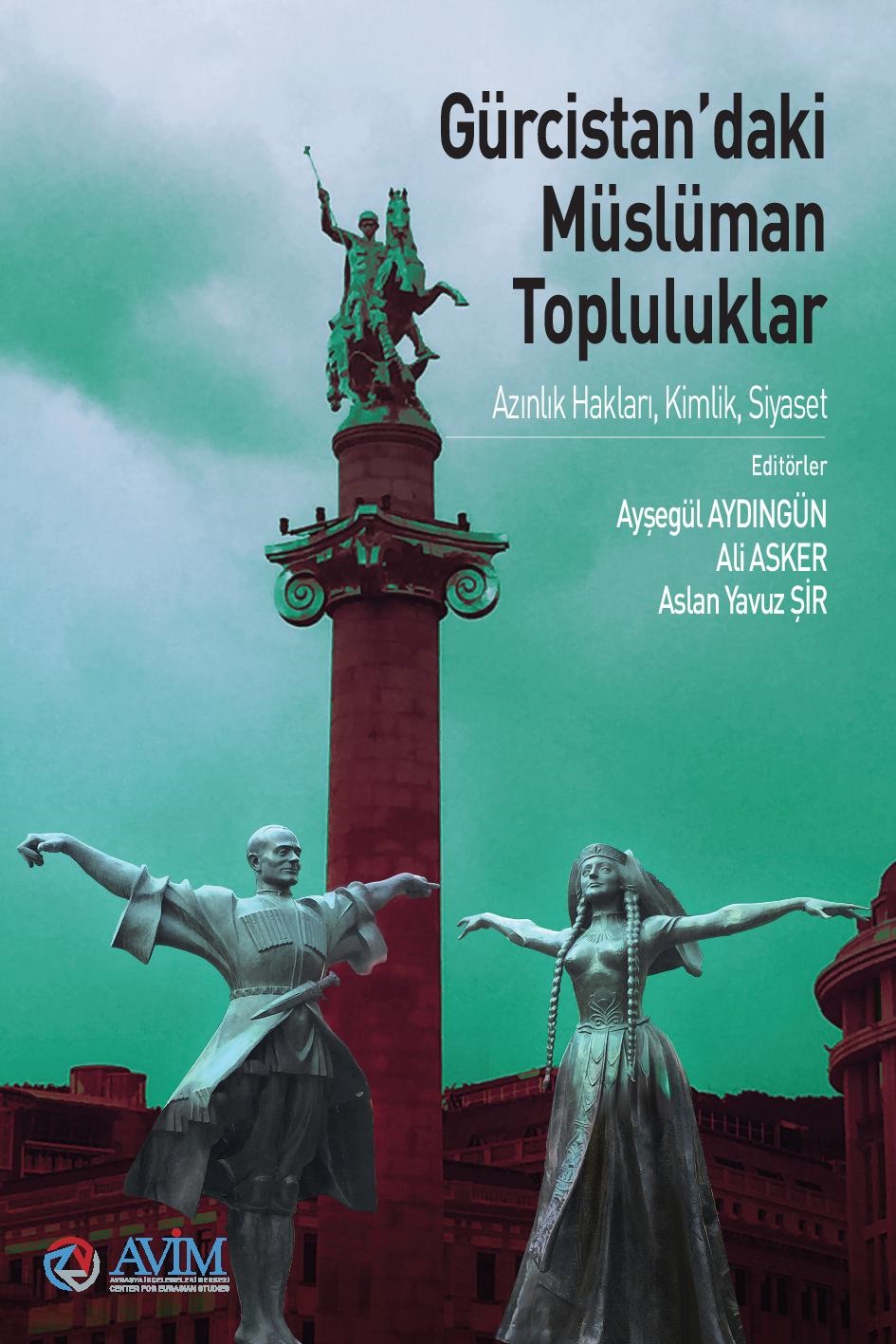
Gürcistan'daki Müslüman Topluluklar: Azınlık Hakları, Kimlik, Siyaset -
10.03.2016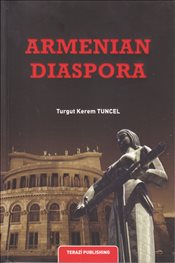
Armenian Diaspora: Diaspora, State and the Imagination of the Republic of Armenia -
24.01.2016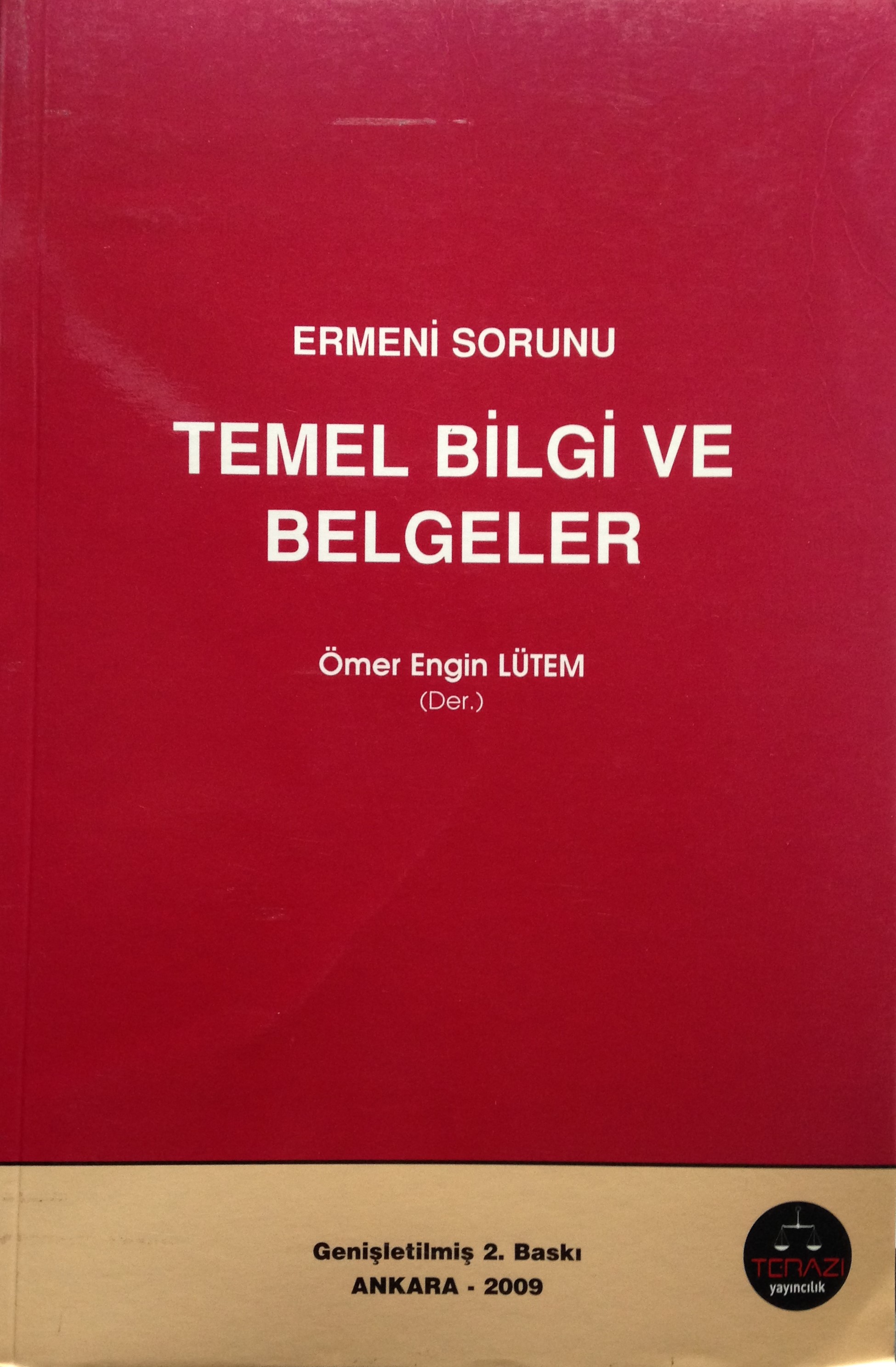
ERMENİ SORUNU - TEMEL BİLGİ VE BELGELER (2. BASKI)
-
AVİM Conference Hall 24.01.2023
CONFERENCE TITLED “HUNGARY’S PERSPECTIVES ON THE TURKIC WORLD"


